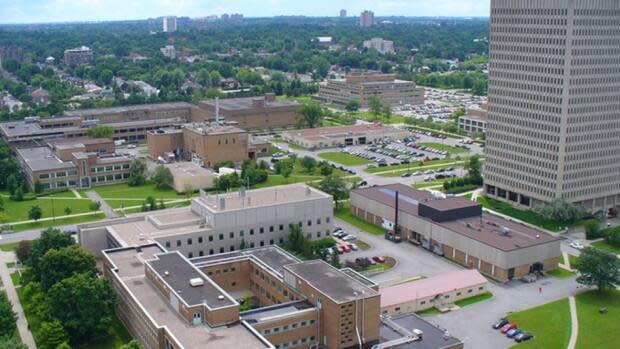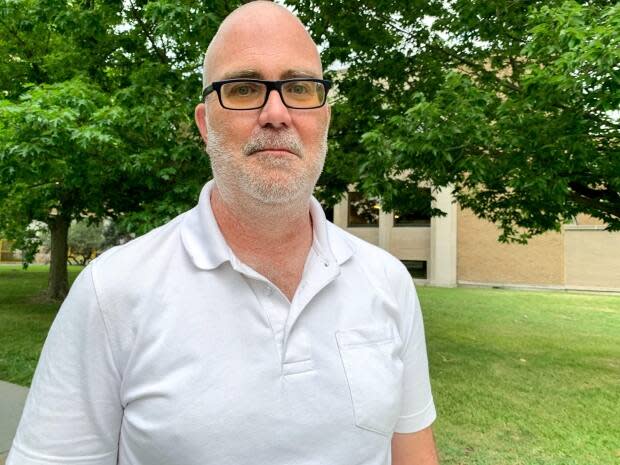Community claims 'black hole' of info on Tunney's Pasture redevelopment

A collection of community groups wants more transparency from the federal government while it plans the redevelopment of the Tunney's Pasture complex.
The Neighbours for Tunney's committee has tried to pressure the federal public works department, which owns the 49-hectare campus, to provide more information and opportunities for resident input during the planning process for the massive project.
The initiative was started by four community associations that represent neighbourhoods surrounding the area — Wellington Village, Champlain Park, Hintonburg and Mechanicsville.
Public Works and Procurement Canada released a 25-year redevelopment plan in 2014 meant to guide the transformation of Tunney's Pasture from "a traditional employment centre to a vibrant, mixed-use neighbourhood" featuring residential, commercial and office buildings.
The plan's key features included office space for up to 25,000 employees, 3,400 to 3,700 housing units, a public plaza, a major community park, as well as pedestrian and cycling routes.

But Dave Allston, president of the Wellington Village Community Association, said subsequent planning has happened "in secret" with little to no public consultation.
"Work is progressing ... on the streets and the areas around without any knowledge of what this plan is," said Allston, who is concerned by what he calls a "cone of silence" around the plan.
Allston said a survey of nearly 500 residents in April and May revealed a large percentage of people had no knowledge of the redevelopment plans.
The City of Ottawa said in a statement it also has not received any additional information from public works since the release of the 2014 master plan.
Kitchissippi Coun. Jeff Leiper said staff who focus on infrastructure may have an idea where roads and sewers are going, but no one knows what the big picture plan is.
"Even at the most senior planning levels, it's been a bit of a black hole for a lot of us," said Leiper, who has fielded calls of concern from the community and relayed them to the federal government.
"They need to be open to suggestions for things to add, for things to take away. They need to be open to criticism before they draft a final plan."

Community wants more green space
Allston said initial plans pointed to a lot of tall towers, mixed-use buildings, and greater retail infrastructure but in light of the pandemic, the need for parks, recreational facilities and accessible green spaces has become more desirable.
"These are important things that need to be considered and we've often seen them excluded when a new development comes in," said Allston, adding neighbours are also concerned about access to the Ottawa River Pathway.
Community groups have called on the federal government to release detailed plans and to meet with local residents.
Leiper is optimistic the federal government will do its part with public consultations, but real construction and changes will likely be at least three or four years away.
Public works did not reply to a request for comment by publication time.

 Yahoo Finance
Yahoo Finance 